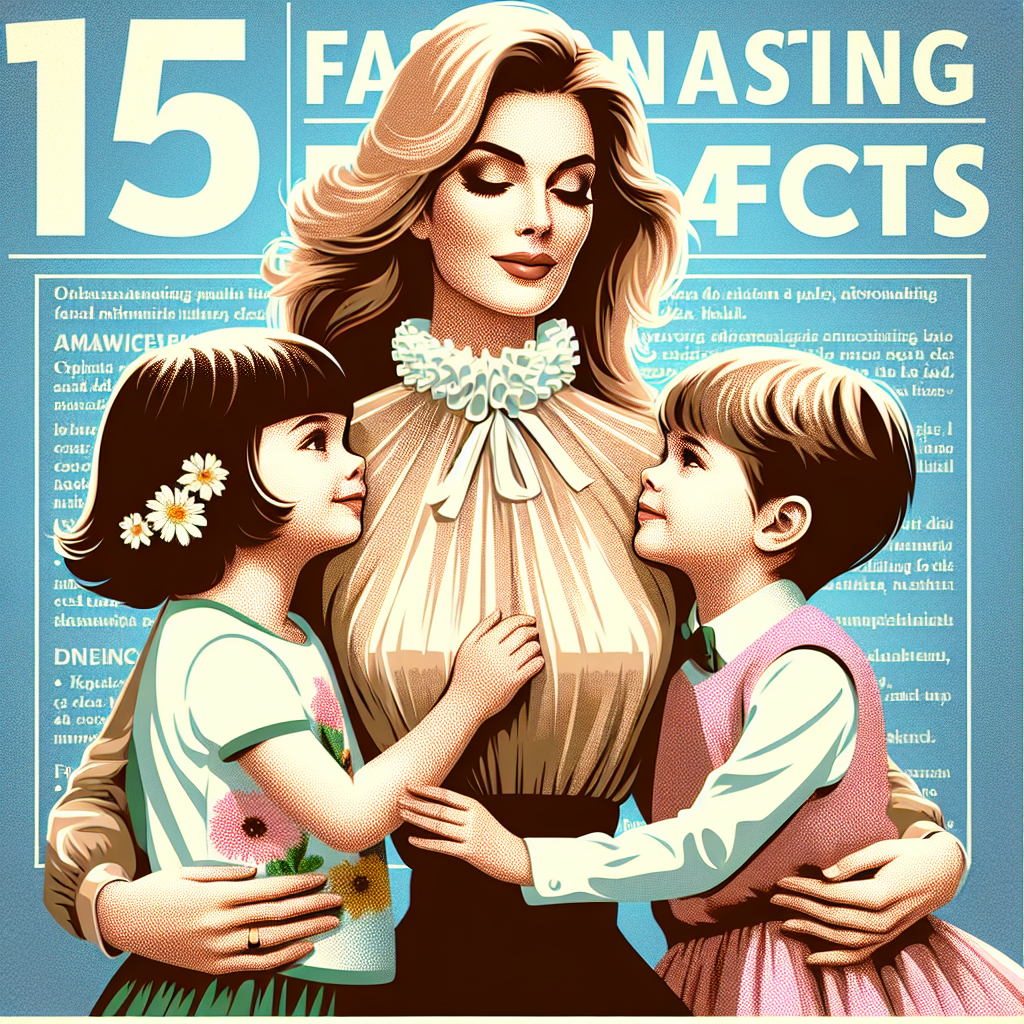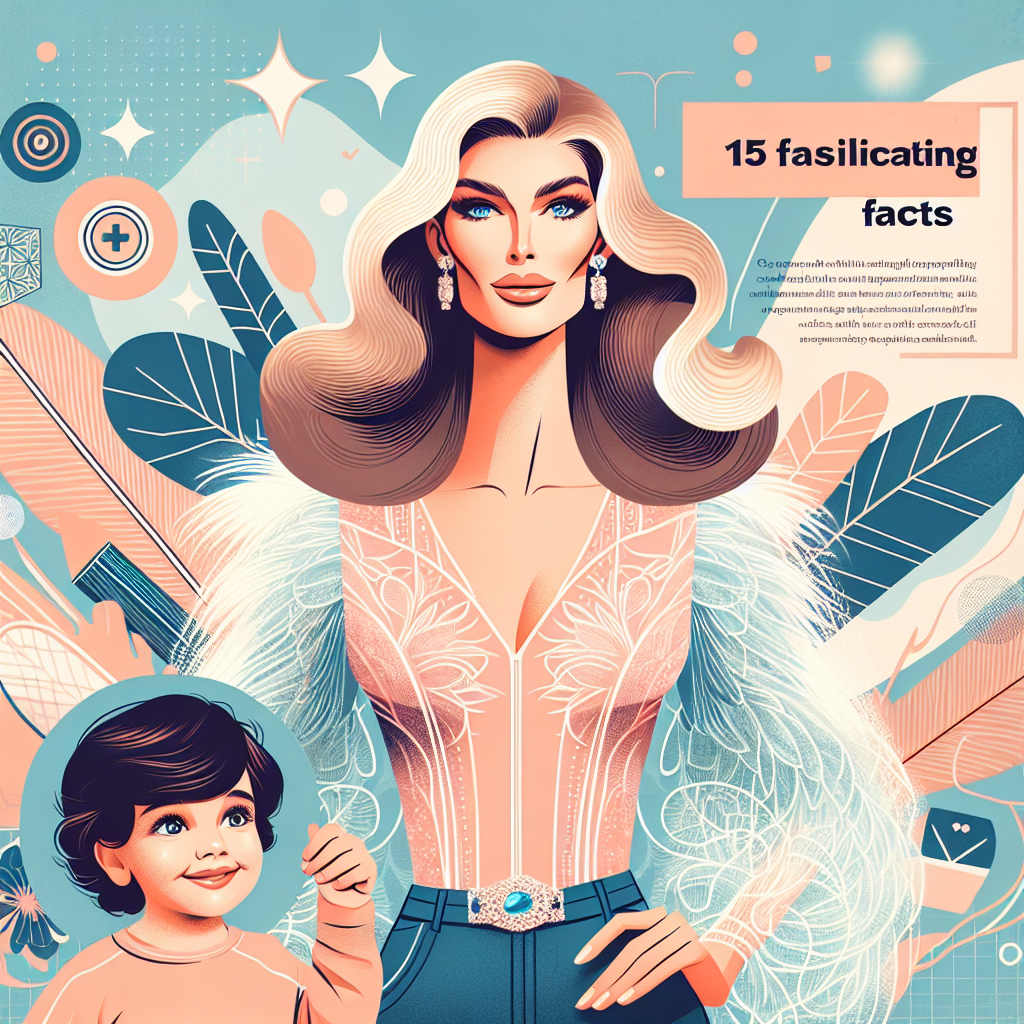Penelope: A Multifaceted Figure in Literature and History
Introduction
The name Penelope evokes rich imagery and storytelling, largely attributed to the character from Homer’s Odyssey. In Greek mythology, Penelope is presented as the paragon of fidelity and patience. However, her identity transcends just literature. The essence of Penelope has been assimilated into various interpretations, cultural representations, and even modern adaptations. This article delves into her historical and literary context, exploring the many layers of her character as well as her significance across different eras and domains.
Penelope in the Odyssey
To understand Penelope’s significance, one must first explore her role in Homer’s Odyssey. Penelope is the wife of Odysseus, king of Ithaca, who leaves for the Trojan War. While Odysseus faces various trials and tribulations during his journey home, Penelope is portrayed as the ultimate faithful partner, waiting for his return for twenty years. Her unwavering loyalty is not just a narrative device; it underscores themes of fidelity, craftiness, and resilience.
The Subtle Complexity of Penelope
While often romanticized as the perfect wife, Penelope is a complex character. She actively engages in her own cunning strategies to delay the suitors who threaten her household. By weaving a tapestry and claiming she will choose a new husband once it is finished, Penelope exemplifies both loyalty and intelligence. This blend of traits challenges the simplistic view of women in ancient stories, highlighting a more profound complexity in her character.
Penelope as a Symbol of Fidelity
Penelope’s narrative has led her to become a symbol of unwavering fidelity and domestic virtue. Her patience in the face of adversity serves as an archetype for women throughout literature and history.
The Impact of Feminist Literary Criticism
Feminist critics have reexamined Penelope’s character through modern lenses, revealing dimensions that challenge traditional gender roles. For some, she represents a passive existence, confined to the domestic sphere; for others, she embodies resistance and agency. By skillfully navigating her circumstances, Penelope operates on two levels: she adheres to societal expectations of womanhood while also subtly subverting them.
The Role of Penelope in Art and Culture
Penelope’s significance extends beyond literature into various art forms. Musicians, painters, and playwrights have been inspired by her story, transforming her into a cultural icon.
Visual Arts
Throughout history, Penelope has been depicted in countless works of art. Artists such as John William Waterhouse capture her beauty and the intricate emotional state of waiting. Waterhouse’s painting, "Penelope and the Suitors," not only portrays her physical beauty but also evokes a sense of longing and sadness.
Modern Adaptations
In modern literature and film, Penelope’s character continues to be reinterpreted. Novels such as Margaret Atwood’s The Penelopiad provides a retelling from her perspective, allowing contemporary audiences to engage with her narrative on deeper emotional levels.
Penelope in Literature Beyond Homer
The archetype of Penelope has permeated many other literary works, extending her influence beyond The Odyssey.
Shakespeare and Beyond
Shakespeare, too, drew inspiration from classical texts. The enduring theme of fidelity can be seen in the relationships of various characters, echoing the same struggles Penelope faced. Characters like Hermione in The Winter’s Tale and Portia in The Merchant of Venice reflect similar virtues and complexities.
Revisionist Histories and Feminist Perspectives
The modern era has seen a rise in revisionist narratives. Authors look to reclaim Penelope’s voice and redefine her character in empowering ways. Revisionist works often center on her ingenuity and strength, highlighting aspects of her narrative that were overshadowed by the monumental figure of Odysseus.
Penelope in Contemporary Feminism
In recent feminist literature, Penelope has also become emblematic of women’s struggles through history. Films and novels that foreground her voice and experience offer insights into the trials women have faced. By reframing her narrative through a feminist lens, authors are portraying Penelope as a model of strength and independence, rather than merely a figure of waiting and obedience.
Conclusion
Penelope’s enduring legacy illustrates her multifaceted nature, serving as a symbol of loyalty, intelligence, and resilience. Her character resonates through time, evolving from a figure of myth to a representation of feminist ideals and modern identity. As literature continues to reflect social values, Penelope remains a timeless subject for exploration and interpretation.
Frequently Asked Questions (FAQs)
1. Who is Penelope in Greek mythology?
Penelope is a character from Homer’s Odyssey, known as the loyal wife of Odysseus, who waits twenty years for his return from the Trojan War.
2. What are the key traits that define Penelope?
Penelope is often characterized by her fidelity, cleverness, and resourcefulness. She manages to delay the advances of suitors while remaining devoted to Odysseus.
3. How is Penelope portrayed in the Odyssey?
In the Odyssey, Penelope is portrayed as a paragon of patience and loyalty. She engages in strategies to protect her home and remains hopeful for Odysseus’s return.
4. What modern interpretations exist of Penelope?
Modern interpretations of Penelope often explore her voice and agency, reframing her narrative from a feminist perspective. Works like Margaret Atwood’s The Penelopiad give her character depth and nuance.
5. How has Penelope influenced art and literature?
Penelope’s character has inspired numerous works of art, literature, and performances, evolving her into a symbol of fidelity and resilience throughout the centuries.
6. What is the historical significance of Penelope’s character?
Penelope’s portrayal in literature reflects historical themes of gender roles and feminine virtue. Her story has been adapted to address contemporary issues and perspectives in society.
7. What is the role of Penelope in feminist literature?
In feminist literature, Penelope is often depicted as a figure of resilience and agency, challenging traditional narratives of women’s roles and emphasizing their capacity for independence and strength.
8. Have there been any modern adaptations of Penelope’s story?
Yes, there have been several modern adaptations, including novels, films, and plays that explore her character in contemporary settings, often focusing on her experiences and emotions as a woman.
9. Is Penelope a passive character?
While traditionally viewed as passive, modern interpretations emphasize her intelligence and strategic thinking, suggesting she is more complex than just a ‘waiting wife’.
10. Why is Penelope an enduring symbol?
Penelope is an enduring symbol because she embodies universal themes of love, loyalty, and resilience that resonate across cultures and eras, making her narrative timeless and relevant.













Leave a Reply